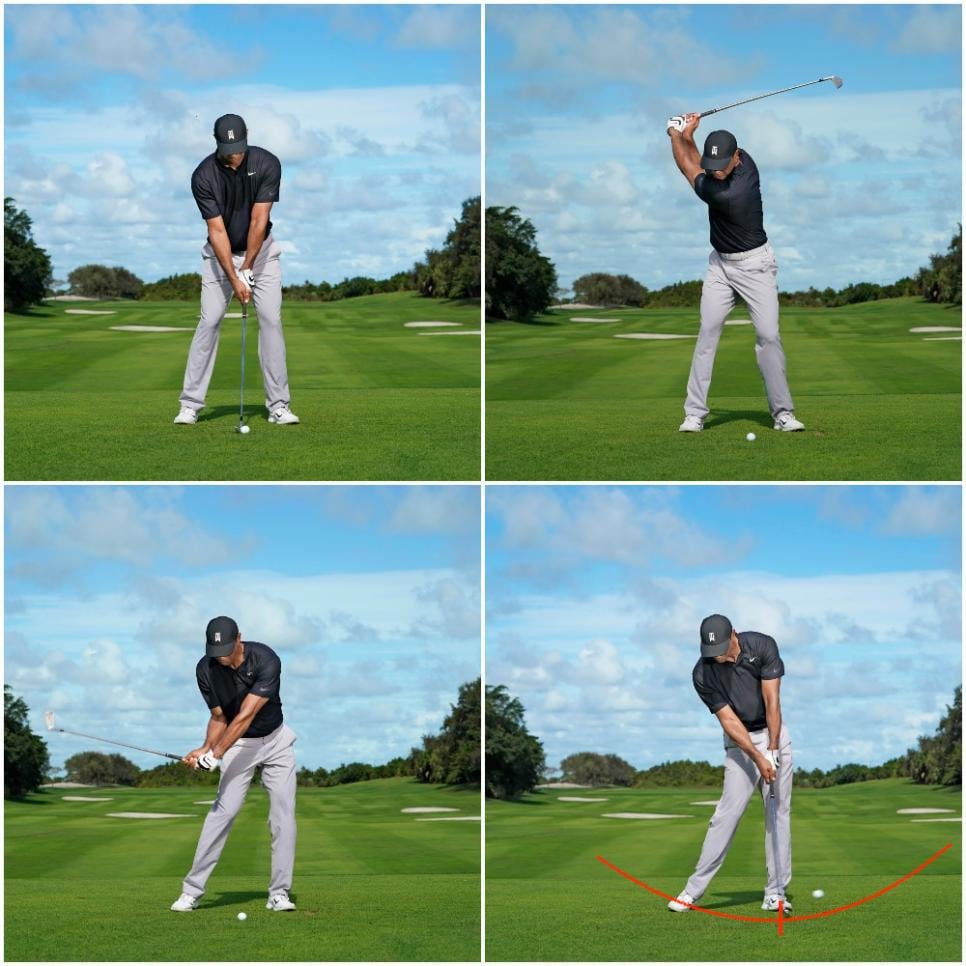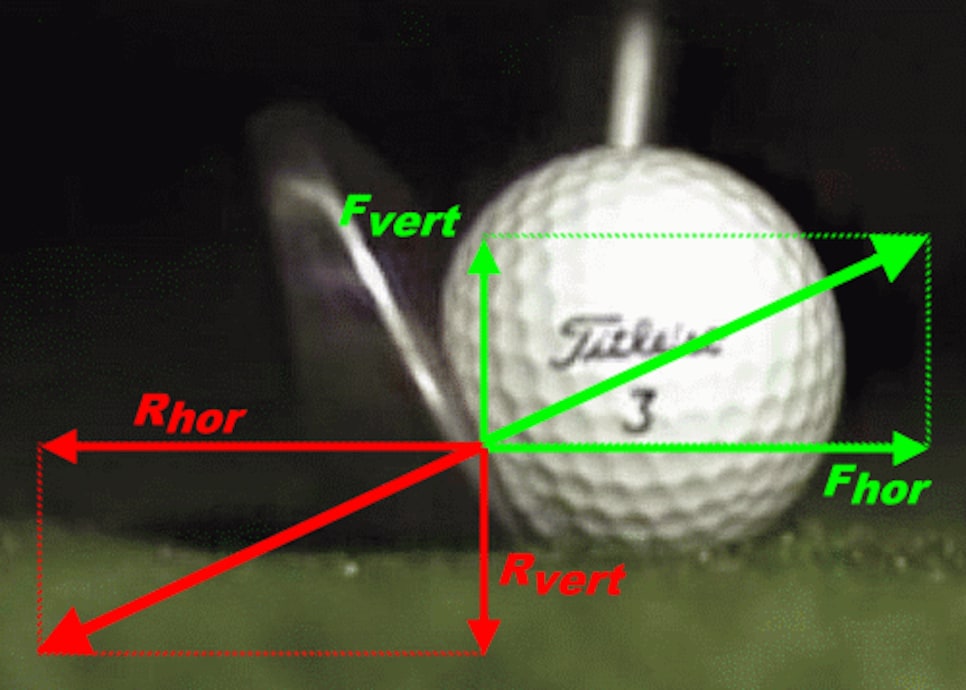Tiger Woods loves a good Tiger-ism, and golf fans got another great one this past week.
Getting “zeroed”.
Woods used the term this week when TaylorMade Golf asked Tiger about his viral video last year, when he left Scottie Scheffler gobsmacked after Woods claimed that when he’s swinging his very best, he doesn’t take divots. In the video below he explains it’s because at his peak, he swung very wide and level to the ground. He was very “zeroed”.
https://twitter.com/TaylorMadeGolf/status/1720109205150105901
What does Tiger mean?
This isn’t a term Woods invented. It’s a phrase that has been kicking around for a while. When golfers talk about “zero-ing out” their golf swing, they’re usually talking about getting one or multiple of their swing path, clubface angle, face-to-path, angle of attack or other metrics to zero on a launch monitor.
“He could be talking about his swing path, a zero angle of attack, or clubface-to-club path,” Tim Briand, the director of business development of the launch monitor company Foresight Sports. “But a zero-clubface angle, for instance, means it’s perfectly square to the target line.”
For that reason, getting zeroed represents a kind of perfection for some golfers.
In this case, Tiger is talking about his angle of attack. A golfer who hits down or up on the ball has a negative or positive angle of attack, respectively. If a golfer’s angle of attack is zero, then you’re striking the ball exactly level, which is how Tiger says he could hit shots without divots.
…OK, but is it truly possible? 
The thing is that even if you’ve zeroed out your angle of attack, it’s still possible to take a divot.
It could be as simple as a ball position issue. If your ball position is too far forward, for instance, your club could bottom out behind the ball and be moving up by the time it actually gets too the ball. That’s what a drop-kicked drive is.
But assuming that’s not an issue for Tiger, there’s a more scientific explanation.
“It’s possible to take a small divot with zero angle of attack and a low point [of the swing] at the top of the grass blades because of the club-ball interaction,” Golf Digest Best in State Teacher Michael Finney says.
The reason why is because when a clubhead hits a golf ball, the face bends slightly—or “deflects”—in the opposite direction. A bit like how a rifle recoils after it’s fired. So, on higher-lofted clubs especially, it means that as the club is pushing the ball up into the air, the ball is also pushing the club down into the ground.

“For every force there’s an equal and opposite force,” Briand says. “The loft of the club is enacting on the ball, and that means there’s an equal and opposite force pushing the club down.”
This force, even on a zeroed swing, is enough to create a divot.
But wait! There’s a way around this: with his equipment.
Briand explains that Woods was meticulous in working with his club whisperer, Mike Taylor, on the grind with his wedges and irons. Specifically the leading edge of the club, which is the part of that cuts through the turf. A more rounded leading edge, Briand explains, could help counteract and make all this possible.
“Basically, let’s say Tiger’s got about a zero angle of attack, so it’s very level, and the low point is exactly in the middle of his golf swing arc,” Briand says. “The club is hitting the ball, and then deflecting into the ground. And then the leading-edge grind of the club is bouncing.”
Sum it up for me quickly, and simply
So in a word, yes. It’s possible. But it’s really, really, really difficult. Both to do, and to repeat with any consistency.
But we’re also talking about Tiger Woods. He’s the golfer who can do anything, so would anything surprise you?



